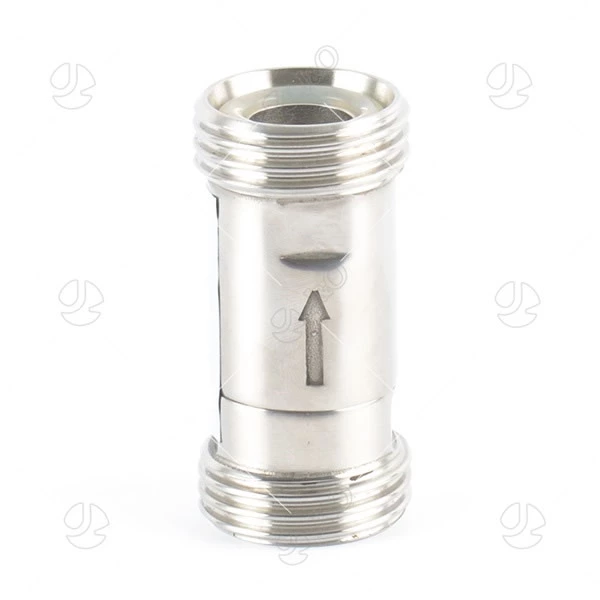Stainless Steel Sanitary Pipe Fittings
Sanitary pipe fittings are made of stainless steel, and stainless steel can be divided into many types. Here are some materials for stainless steel pipes.
304 stainless steel pipe
304 is actually an international stainless steel label, and it is also the most common stainless steel. The international label is: 0Cr18Ni9. The American standard is TP304, and the element is 18Cr-8Ni. 304 stainless steel is a widely used steel. It has good corrosion resistance and heat resistance, and its strength and mechanical properties are also stable at low temperatures. 304 stainless steel also has high ductility, and has good stamping, bending, and hot processing performance, without heat treatment hardening.
304 stainless steel is usually used to manufacture some household items, such as tableware, cabinets, indoor pipes, water heaters, boilers, etc., auto parts, medical equipment, building materials, and chemical food industries. It has high corrosion resistance and cold processing stamping performance, strong corrosion resistance to oxidizing acids, and certain corrosion resistance to most inorganic acids.
316L sanitary stainless steel pipe
Chemical composition of 316L sanitary stainless steel pipe%
C≤0.03Si≤1.00Mn≤2.00P≤0.035S≤0.03Ni:12.0-15.0Cr:16.0-18.0Mo:2.0-3.0
316L sanitary stainless steel pipe is a molybdenum-containing stainless steel. Due to the molybdenum content in the steel, the overall performance of this steel is better than that of 310 and 304 stainless steel. Under high temperature conditions, when the concentration of sulfuric acid is lower than 15% and higher than 85%, 316L stainless steel has a wide range of uses. 316L stainless steel also has good resistance to chloride corrosion, so it is usually used in marine environments.
316L sanitary stainless steel pipe has a maximum carbon content of 0.03, and can be used in applications where annealing cannot be performed after welding and maximum corrosion resistance is required
Sanitary Valve has better corrosion resistance than 304 stainless steel, and has good corrosion resistance in the production process of pulp and paper. Moreover, 316L stainless steel is also resistant to erosion by marine and corrosive industrial atmospheres. Heat resistance 316L sanitary stainless steel pipe has good oxidation resistance in intermittent use below 1600 degrees and continuous use below 1700 degrees. It is best not to use 316L stainless steel continuously within the range of 800-1575 degrees, but when 316L stainless steel is used continuously outside this temperature range, the stainless steel has good heat resistance. 316L stainless steel has better resistance to carbide precipitation than 316 stainless steel, and can be used in the above temperature range.
